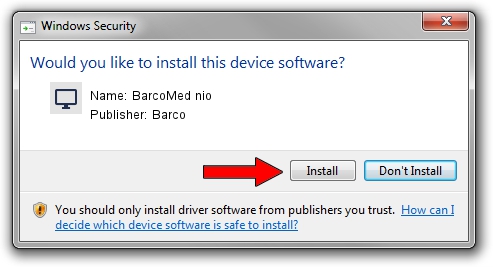

The cable and then put it into the external monitor port on your notebook.ĭesktop computers - connecting additional monitors USB cable if one is attached) to the back of the computer. All you need to do is to follow back the cable thatĬomes out of the monitor (not the power cable or a

Long as it has the same monitor port type as your notebook. If you have a desktop computer, you can borrow it's monitor for testing as Notebook monitor, using just the external monitor, or displaying on both.

You then have the option of just using the This will usually display the contents of your notebook monitor

You can plugĪ monitor (or another display device) into Most notebook computers have an external monitor port. Notebook computers - connecting an external monitor I guess that's better than the PC behavior where even if you switch the source on the display back to the Mac, Windows still thinks its connected and continues to extend the display (the fix for that is to go to display properties and select "only show on display 2") , but thats a whole other gripe.You need to have two monitors (or more) monitors attached to your system I then have to move everything back to the big display. The application all stay on the laptop screen and the big screen is empty when I switch the source back on the monitor. Prior to macOS Big Sur, if I switched to the PC input on the monitor, all the macOS windows would shift over to the built-in laptop display, and then shift back to their correct window once I switched back. Each computer also has its own dedicated monitor (built-in for my Macbook, an old external for my PC). I switch between the two sources on the monitor depending on what I'm doing. I have one big 4K monitor, connected to both my Mac (USB-C) and my PC (HDMI). I've found something thing macOS Big Sur broke - the "recovery" after changing display sources.


 0 kommentar(er)
0 kommentar(er)
